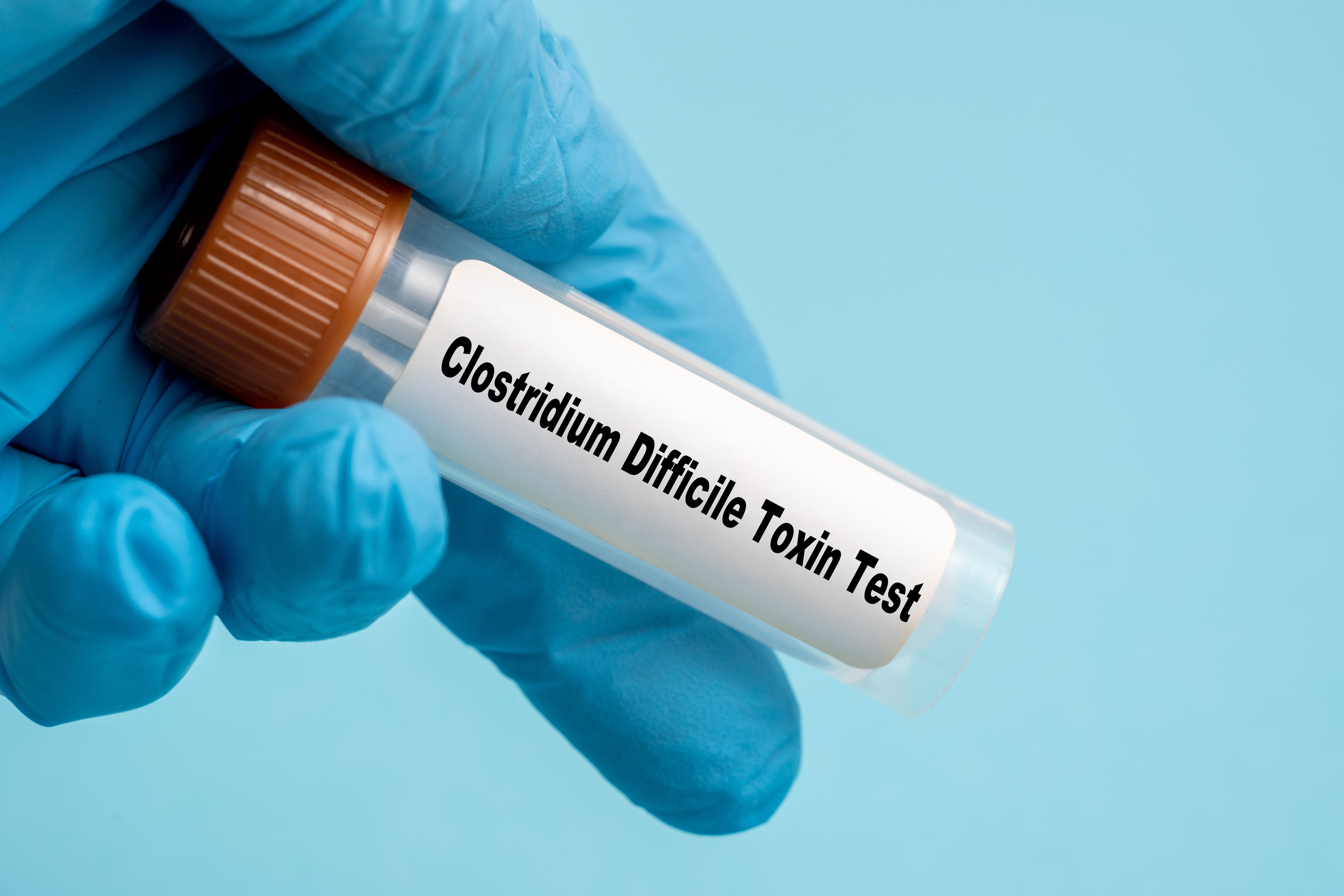2-Step Testing Helps Predict and Treat Recurrent C difficile Infection
This study explores the effectiveness of PCR and toxin EIA testing in predicting C difficile infection (CDI) outcomes. The research reveals that patients with negative toxin results were less likely to experience CDI recurrence within 30 days.

Clostridioides difficile (C difficile) is a bacterium that can cause life-threatening diarrhea and disease in individuals with dysbiosis of the gut microbiota. The US Centers for Disease Control and Prevention (CDC) estimates there are close to half a million C difficile infections (CDIs) each year in the United States alone.
Risk factors for severe or fatal CDI include age of 65 years or older, a current or recent hospital or nursing home stay, a weakened immune system, and/or a previous CDI. Rapid testing and treatment implementation is the best way to increase the odds of survival in these at risk-individuals and the overall population.
Polymerase chain reaction (PCR) testing is highly sensitive for C difficile detection. Additionally, some clinical laboratories have implemented a 2-step testing algorithm, consisting of a PCR test and toxin enzyme immunoassay (EIA) to ensure proper diagnosis.
One study, published yesterday in Infection Control & Hospital Epidemiology, sought to determine the risk factors and outcomes of C difficile PCR positive/toxin-positive patients compared to PCR-positive/toxin-negative patients. The study’s primary outcome was the frequency of CDI treatment initiation.
The retrospective case-control study was conducted at a Veteran’s Affairs hospital. Included patient encounters had a positive C difficile PCR test and either a toxin EIA-positive assay (confirmed cases) or toxin EIA-negative assay (controls). Available encounter stool specimens were cultured for C difficile and restriction endonuclease analysis (REA) strain typing was performed. At 30 days, the investigators assessed CDI recurrence according to clinically relevant exposures and risk factors.
Among 130 C difficile PCR-positive patient encounters, the investigators determined 61.5% (n = 80) were toxin EIA negative and 38.5% (n = 50) were toxin EIA positive. Toxin-positive patents were tested more frequently (96.0%) than the toxin-negative patients.
Multivariable logistic regression modelling revealed that toxin-negative patients were less likely to experience a recurrent CDI episode within 30 days (odds ratio [OR], 0.20, 95% confidence interval [CI], 0.05–0.83). A higher C difficile PCR cycle threshold also predicted a lower risk of CDI recurrence at 30 days (OR, 0.82; 95% CI, 0.68–0.98).
Notably, during the study period, the REA group Y strain accounted for most toxin-negative patient encounters (32.5%; P = .05), while REA group BI strain accounted for most toxin-positive encounters (24.3%; P = .02).
CDI treatment was initiated in 99% of patients according to the 1-step method and in 79% of patients subjected to the 2-step method. The investigators determined that the testing strategy of PCR plus toxin EIA was a helpful predictor of recurrent CDI.
Newsletter
Stay ahead of emerging infectious disease threats with expert insights and breaking research. Subscribe now to get updates delivered straight to your inbox.
